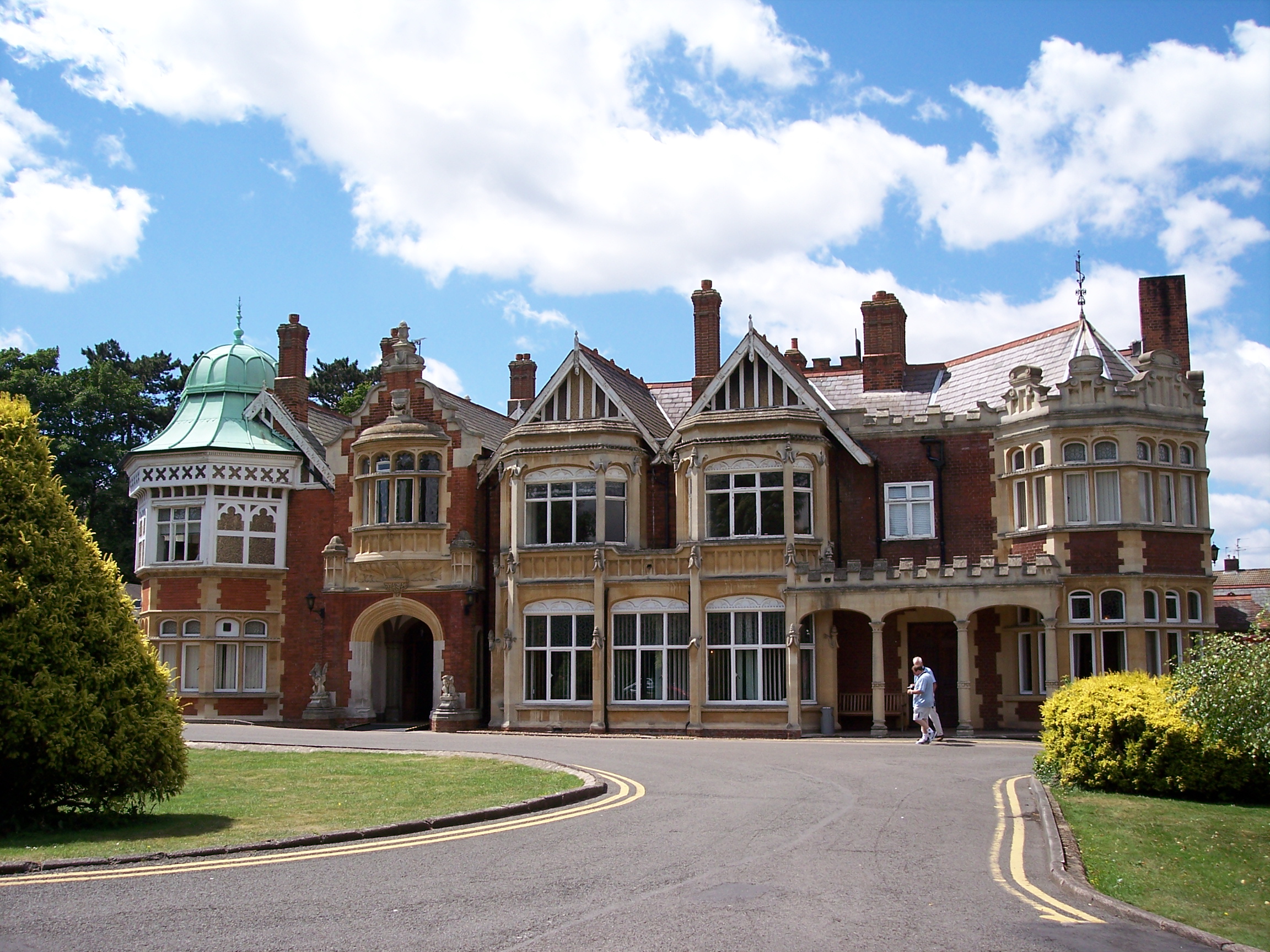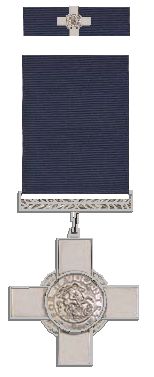This memorial plaque can be found in
the church in the tiny village
of Bedrule
Francis Antony Blair Fasson was born on 17 July 1913
in the village of
Lanton Jedburgh Grammar School
Fasson had already seen action
onboard HMS Hostile, in 1939, at the first Battle of Narvik, which was part of
the Norwegian Campaign. But it was whilst onboard HMS Petard that his actions,
along with two other colleagues, helped in breaking into possibly the most
guarded secret of the Second World War - the Enigma Machine, and in particular
Shark, the codename given to the German U-Boat Enigmas.
The Enigma Story
 |
| Kriegsmarine Enigma |
The actual Enigma story began in the
1920’s, when the German Military started using the Enigma machine to send coded
message. Thanks to links with German
engineering industries, the Polish, in 1932, were one of the first to crack the
Enigma codes, and their Cipher Bureau was subsequently able to reconstruct the Enigma
machines. This meant that between 1933
and 1938, the Polish were able to read all messages sent by the German
Wehrmacht.
 |
| Government Code & Cypher School, Bletchley Park |
With war looming, the Poles took the
decision to share their Enigma secret with the French and the British Military
Intelligence. As a result, the first
ever Government Code and Cypher School was established, at Bletchley Park
The Enigma machine worked by allowing
an operator to type in a message, then by using the 3 rotors, scramble the
message to produce different letters.
These would then by sent via morse code to a recipient. All that the recipient had to do to read the
message, was to set their Enigma machine
to the same rotor settings, type is the letters and produce the original text.
During the War, the Atlantic convoys,
brought over large amounts of food and provisions, however these convoys were
in great peril from the German U-boats that would pursue them. In March 1941, Enigma machines, and more
importantly the Codebooks, were captured from a German Trawler, the Krebs. This lead to Bletchley Park
Unfortunately this success did not
last, with the German Navy becoming more and more suspicious that the Enigma
code had been broken. Therefore, they
introduced, to their U-Boats, a fourth rotor, thus blacking out Bletchley Park
Act of Courage
 |
| HMS Petard |
On 30 October 1942, HMS Petard, and
other British destroyers, were in the Eastern
Mediterranean Sea , when they pursued U-559, 70 miles north of the
Nile Delta.
After spending nearly 16 hours being
pursued and depth charged, U-559’s Commander took the decision to scuttle the
submarine. As the remainder of his crew
disembarked from the submarine, Lieutenant Fasson, Able Seaman Colin Grazier
and Canteen Assistant Tommy Brown dived into the sea and swam to board U-559. With Tommy Brown remaining on top, both
Fasson and Grazier went into the stricken submarine and were able to retrieve
an Enigma Machine, the Short Signal Weather Codes and the Short Signal Codebook. They passed these to Tommy Brown. Whilst going back down again, the submarine
finally started to sink, taking with it Francis Fasson and Colin Grazier.
The items that they manage to save
from U-559, were sent to Bletchley
Park
Unfortunately Francis Fasson would
never know that his actions helped save so many lives. Indeed Sir Winston Churchill is quoted as
saying to King George VI that “It was
thanks to ULTRA that we won the war”; ULTRA being the code name for all
intelligence gleamed from the Enigma.
As a direct result of their actions,
both Francis Fasson and Colin Grazier were both awarded the George Cross, the
Citation of which reads:
“The King has been graciously pleased to approve the posthumous aware of the George Cross to:- Lieutenant Anthony Blair Fasson, Royal Navy. Able Seaman Colin Grazier, P/SSX.25550 – for outstanding bravery and steadfast devotion to duty in the face of danger."
“The King has been graciously pleased to approve the posthumous aware of the George Cross to:- Lieutenant Anthony Blair Fasson, Royal Navy. Able Seaman Colin Grazier, P/SSX.25550 – for outstanding bravery and steadfast devotion to duty in the face of danger."
Tommy Brown was awarded the George
Medal.
Francis Fasson’s George Cross medal
now resides within the National War Museum ,
at Edinburgh Castle






